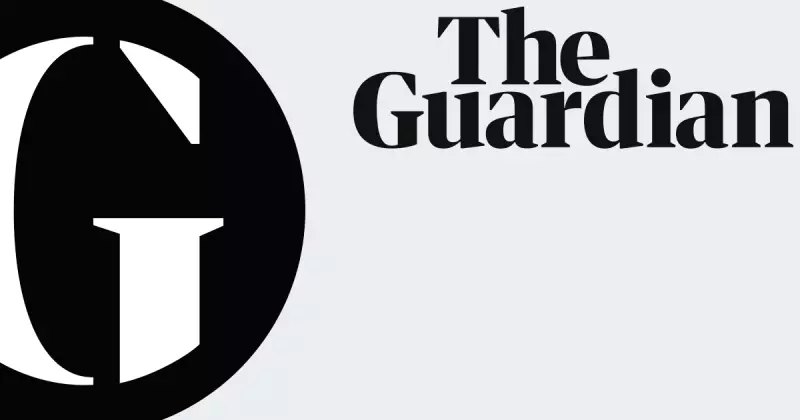
Significant internal conflict erupted within the Labour Party on Monday evening as shadow justice secretary Shabana Mahmood unveiled controversial plans to reform the UK's asylum system.
Behind the Scenes of Labour's Asylum Overhaul
The proposals, described as a fundamental shakeup of how Britain processes asylum claims, generated immediate outrage from numerous Labour MPs present during the briefing. Journalist John Harris has been investigating the developments occurring behind closed doors, working with Kiran Stacey to uncover the full extent of the party's intentions and the internal resistance they're facing.
Monday evening's announcement marked a pivotal moment for Labour's immigration policy direction, raising serious questions about whether the proposed measures will be substantially watered down before implementation due to mounting internal pressure.
Adopting Reform UK's Immigration Rhetoric
In a surprising strategic shift, Labour has begun adopting immigration rhetoric previously associated with Reform UK, prompting serious questions about the party's future direction on this sensitive political issue.
John Harris further explored this significant policy evolution through discussions with Guardian columnists Gaby Hinsliff and Rafael Behr, examining what this change means for Labour's identity and electoral strategy moving forward.
The adoption of harder-line immigration language represents a dramatic departure from traditional Labour positions and indicates the party leadership's assessment of voter sentiment on this issue ahead of the next general election.
Political Consequences and Future Direction
The internal rebellion against Mahmood's asylum plans highlights the ongoing tension within Labour between different ideological factions regarding how to approach immigration and asylum policy.
As the party grapples with this internal division, political observers are watching closely to see whether Keir Starmer's leadership will hold firm on the proposed reforms or seek compromise to maintain party unity.
The situation continues to develop as Labour MPs opposed to the current direction consider their next moves and the party leadership assesses the political damage from this public display of dissent.





